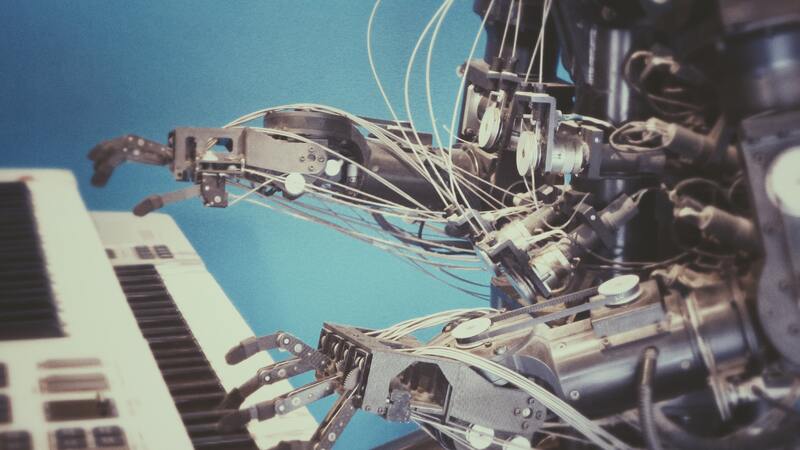The Role of BPA in Orchestrating RPA and AI Workflows
Introduction
In today's constantly changing business environment, integrating technology has become essential for staying competitive and efficient. Robotic Process Automation (RPA) and Artificial Intelligence (AI) are revolutionary technologies that have significantly transformed various industries. However, their synergy often relies on an orchestrating force that streamlines their functionalities and maximizes their potential. Enter Business Process Automation (BPA), the silent conductor behind the seamless collaboration of RPA and AI workflows.
Understanding How BPA Helps in Orchestrating RPA and AI Workflows
BPA acts as the glue that binds these technologies together, ensuring a harmonious and efficient workflow within an organization. To comprehend its significance, it's crucial to understand the individual roles played by RPA and AI.
Robotic Process Automation, in its essence, focuses on automating repetitive, rule-based tasks. It excels in handling structured data and executing predefined actions quickly and accurately. Conversely, Artificial Intelligence, particularly Machine Learning and Natural Language Processing, thrives in handling unstructured data, learning from patterns, and making complex decisions akin to human cognition.
The marriage of these technologies is where the magic happens. RPA handles mundane tasks while AI augments decision-making, enabling businesses to achieve unprecedented efficiency and productivity. However, without a unifying force, the potential of this collaboration could remain untapped.
This is where BPA steps in, serving as the orchestrator that aligns RPA and AI workflows. BPA platforms integrate these technologies seamlessly, orchestrating data flow and actions across different systems and applications. It provides a centralized control mechanism, allowing for the efficient deployment, management, and monitoring of automated processes.
One of the key roles of BPA is optimizing processes before implementing RPA and AI solutions. It identifies redundant tasks, streamlines workflows, and standardizes data formats, ensuring that RPA and AI can function cohesively and effectively. BPA is the strategic planner, laying the groundwork for successful automation implementation.
Moreover, BPA facilitates collaboration between RPA bots and AI algorithms, enabling them to work together. For instance, RPA bots can extract structured data from various sources and feed it into AI models for analysis, allowing for intelligent decision-making based on real-time insights. This collaboration enhances the adaptability and responsiveness of automated systems.
Furthermore, BPA contributes to the continuous improvement of RPA and AI workflows. It monitors their performance, identifies bottlenecks or inefficiencies, and provides insights for refinement. This iterative process enhances the overall operational efficiency and drives ongoing innovation within the organization.
The implications of BPA in orchestrating RPA and AI workflows are far-reaching across industries. From finance and healthcare to manufacturing and customer service, businesses are leveraging this amalgamation to drive digital transformation and achieve competitive advantages.
However, challenges in implementing BPA persist, including integration complexities, data security concerns, and the need for skilled professionals capable of orchestrating these technologies effectively.
Conclusion
In conclusion, the convergence of RPA and AI is a game-changer in today's digital landscape, and Business Process Automation stands as the linchpin orchestrating their collaboration. Its role in optimizing, integrating, and refining workflows involving RPA and AI is indispensable for organizations aiming to harness the full potential of automation and intelligence. As businesses continue on their journey of digital transformation, the role of BPA will undoubtedly remain pivotal in maximizing efficiency and driving innovation.





